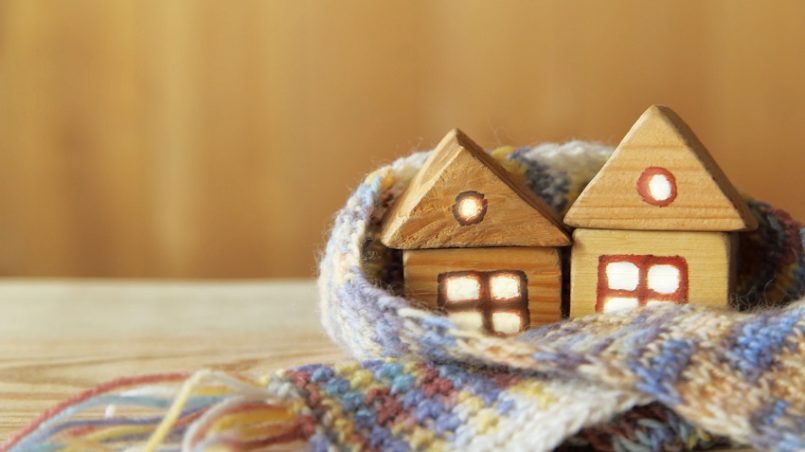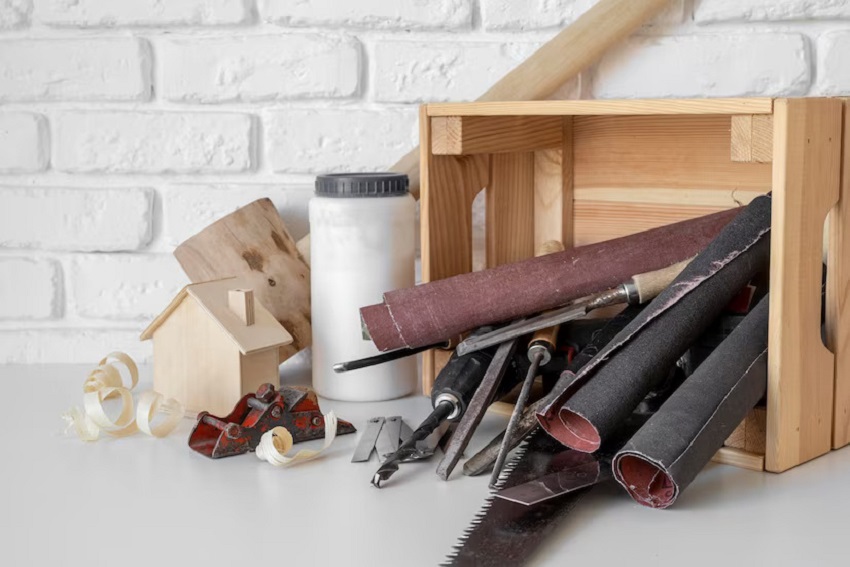Are you looking to make your home more comfortable while reducing your energy bills? DIY home insulation is a cost-effective and practical solution that can help you achieve both. In this article, we will provide you with valuable diy home insulation tips and insights to successfully insulate your home. From identifying problem areas to choosing the right insulation materials, we’ve got you covered. Let’s get started!
Having proper insulation in your home is essential for maintaining a comfortable indoor environment and reducing energy waste. DIY home insulation allows you to take control of your home’s energy efficiency without the need for professional assistance. By following the right techniques and using suitable insulation materials, you can significantly improve your home’s insulation and reap the benefits in the long run.
Why Home Insulation Matters
Insufficient insulation can lead to various problems, including energy loss, uncomfortable indoor temperatures, and high utility bills. By properly insulating your home, you can:
- Enhance energy efficiency: Insulation acts as a barrier against heat transfer, preventing heat from escaping during winters and entering during summers. This helps to maintain a comfortable temperature inside your home without overreliance on heating or cooling systems.
- Reduce energy costs: By reducing heat transfer, insulation minimizes the need for constant heating or cooling, resulting in lower energy consumption and reduced utility bills.
- Improve indoor comfort: Adequate insulation keeps your home warm in the winter and cool in the summer, ensuring a comfortable living environment throughout the year.
- Enhance soundproofing: Insulation materials with soundproofing properties can help minimize noise transmission, creating a quieter and more peaceful indoor environment.
Identifying Problem Areas
Before starting your DIY insulation project, it’s crucial to identify the problem areas in your home that require insulation. Here are some common areas to check:
- Attic: Insulating your attic is essential as it is one of the primary areas for heat loss or gain in a house.
- Walls: Poorly insulated walls can lead to significant energy loss. Identifying and insulating these areas can make a noticeable difference in your home’s energy efficiency.
- Floors: Insulating floors that are above unheated or uninsulated spaces, such as garages or crawl spaces, can help prevent heat loss.
- Windows and doors: Check for air leaks around windows and doors and use weatherstripping or caulking to seal them properly.
Types of Insulation Materials
There are several types of insulation materials available, each with its unique properties and benefits. Let’s explore some common options:
Fiberglass Insulation
Fiberglass insulation is one of the most popular and cost-effective insulation materials. It consists of tiny glass fibers that trap air, providing excellent thermal resistance.
Cellulose Insulation
Cellulose insulation is made from recycled paper and treated with fire-retardant chemicals. It is a great option for insulating existing walls or attics.
Spray Foam Insulation
Spray foam insulation expands and forms a seal when applied. It provides excellent air sealing properties and can be used to fill gaps and cracks in walls, ceilings, and floors.
Reflective Insulation
Reflective insulation is made from aluminum foil laminated onto paper, cardboard, or plastic. It reflects heat away from the living space, making it ideal for hot climates.
Radiant Barrier Insulation
Radiant barrier insulation works by reflecting radiant heat. It is often installed in attics to reduce heat gain from the sun.
Natural Fiber Insulation
Natural fiber insulation, such as wool or cotton, is an eco-friendly option. It provides good insulation properties and is safe to handle.
Tools and Equipment You’ll Need
Before you begin your DIY home insulation project, gather the following tools and equipment:
- Measuring tape
- Utility knife
- Caulking gun
- Staple gun
- Safety goggles
- Protective gloves
- Dust mask
- Insulation materials (as per your chosen type)
- Weatherstripping materials
DIY Home Insulation Steps
Now that you have the necessary information and materials, follow these step-by-step instructions to insulate your home effectively:
Step 1: Prepare the Area
Clear the workspace by removing any obstructions and ensure the area is clean and dry.
Step 2: Seal Air Leaks
Inspect for air leaks around windows, doors, and other openings. Use caulk or weatherstripping to seal these gaps.
Step 3: Install Insulation
Measure the space accurately and cut the insulation materials accordingly. Install them as per the manufacturer’s instructions, paying attention to proper placement and coverage.
Step 4: Insulate Doors and Windows
Apply weatherstripping to doors and windows to prevent drafts and heat loss.
Step 5: Insulate Attics and Basements
Insulate your attic and basement to prevent heat transfer between the living space and these areas. Use appropriate insulation materials based on the requirements.
Step 6: Proper Ventilation
Ensure proper ventilation to prevent moisture buildup and maintain indoor air quality. Install vents and fans as needed.
Frequently Asked Questions (FAQs)
Can I insulate my home by myself?
Absolutely! DIY home insulation is a feasible project that can be completed with proper planning and guidance.
How much money can I save by insulating my home?
The amount you can save depends on various factors, including the size of your home, current insulation, and energy usage. However, it’s not uncommon to see significant savings on energy bills after insulating your home.
Which insulation material is the best?
The best insulation material depends on your specific needs and budget. Fiberglass, cellulose, and spray foam insulation are popular choices due to their effectiveness and affordability.
Is DIY insulation time-consuming?
The time required for a DIY insulation project depends on your home’s size and the task’s complexity. However, proper planning and organization can be completed within a reasonable timeframe.
Do I need professional assistance for insulation?
In most cases, DIY home insulation can be done without professional assistance. However, if you have a large or complex project, it’s advisable to consult an insulation expert for guidance.
Conclusion
DIY home insulation is a practical and cost-effective way to improve your home’s comfort and energy efficiency. Following the outlined steps and using the right insulation materials can create a cozy living space while reducing energy bills. Remember to identify problem areas, choose the appropriate insulation materials, and seal any air leaks for optimal results. With a little effort and guidance, you can transform your home into an energy-efficient haven.
Incorporating DIY home insulation tips into your home improvement projects can make a significant difference in your comfort and energy usage. By insulating your home properly, you create a cozy living environment and contribute to a more sustainable future. So, grab your tools and get started on insulating your home today!















